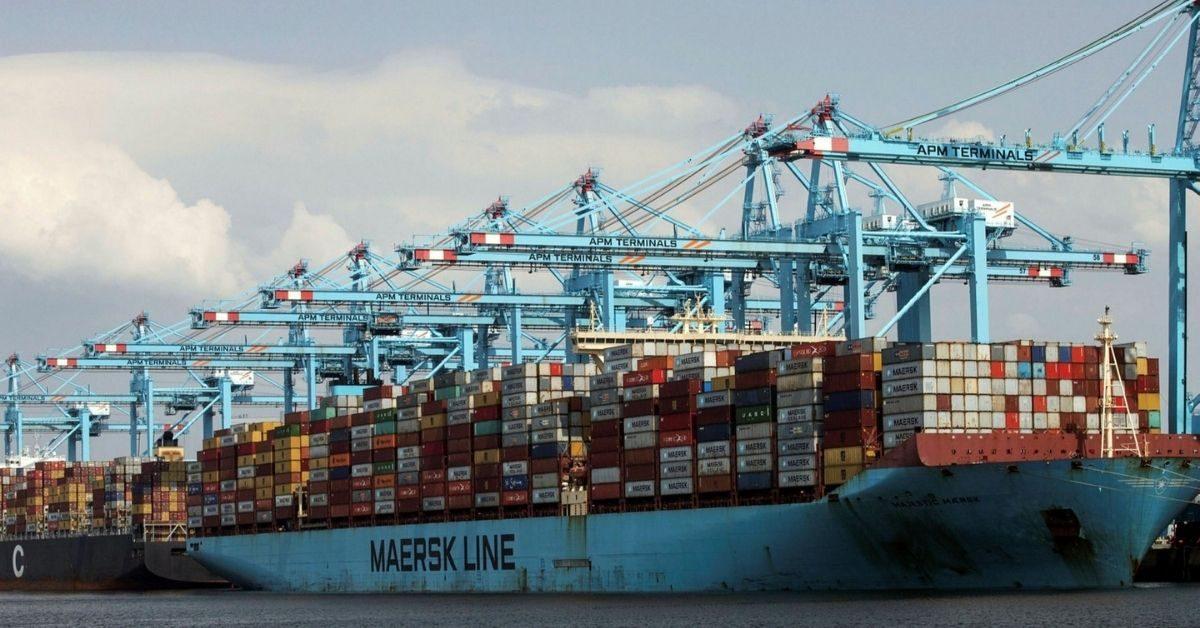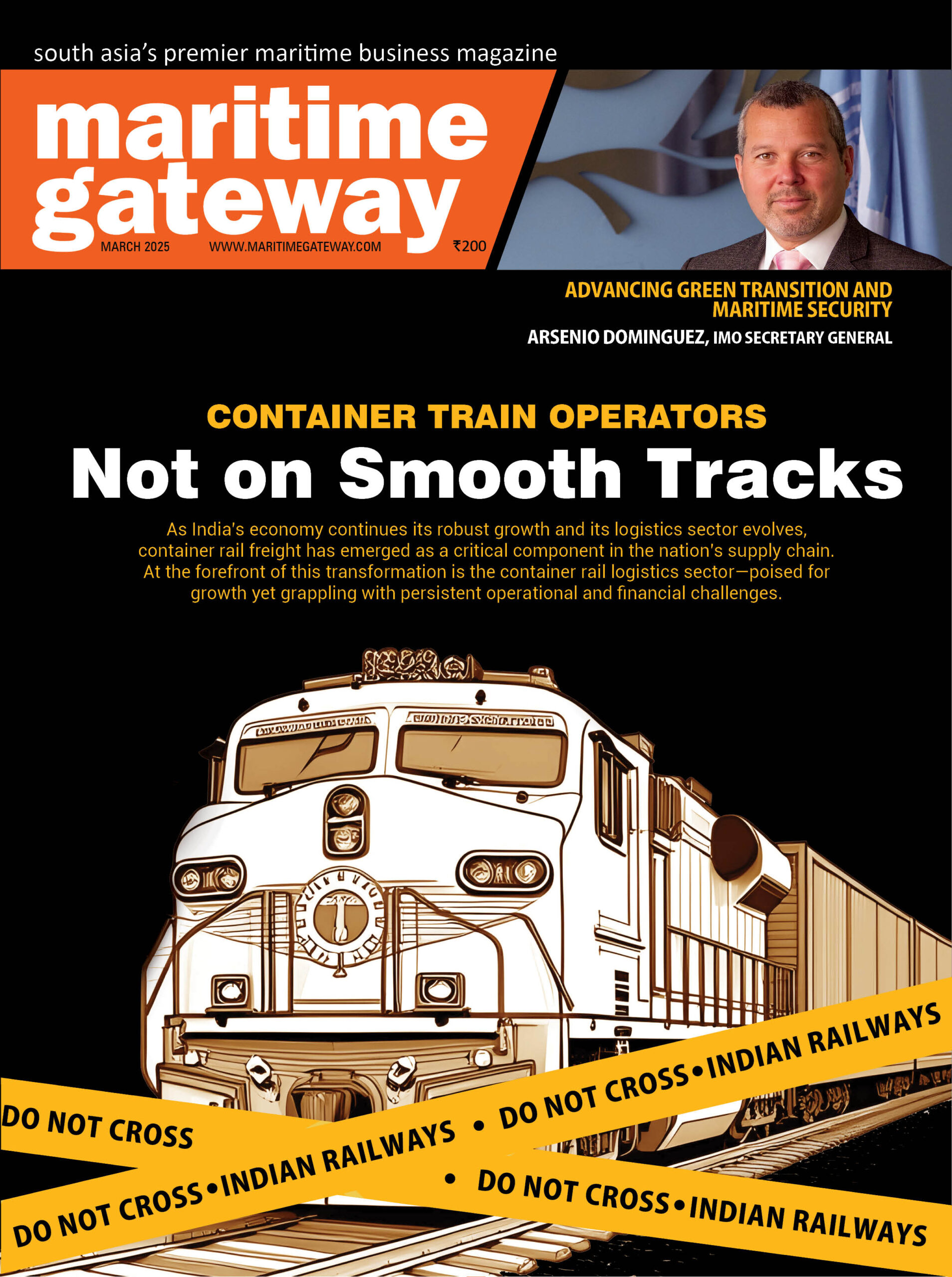At Maersk we are making a dedicated effort to alleviate pains in our customers’ supply chain, providing visibility, clarity and predictability where we can.
One such effort is ensuring that customers can plan their supply chain with ease and accurate data. Industry digitalization is key to build more sustainable supply chains, bringing with it the opportunity to react quicker to the market, as well as new events and changes in the transport plan.
Seeing where we were only five years ago, we at Maersk have come a long way on this journey. Are we there yet? No. Are we constantly trying to be better than yesterday? Yes.
One of the developments manifesting itself is our ability to predict more accurate transit times. In the past when our customers made a booking or searched for a product from A to B on Maersk.com, the arrival was based on a ‘proforma schedule’ lifted from a relatively static internal planning system. While this has long been sufficient, seeing the unprecedented strain on supply chains in 2021, we must strive to bring more clarity, accuracy and control to our customers.
Given the infrastructure bottlenecks we face today, vessels are delayed beyond their initial proforma schedule, leading to actual transit times being longer than what we initially indicated to customers at the time of searching/booking.
In the summer we trialed – and later scaled up due to successful outcomes – a new process where we update schedules dynamically with our teams best realistic expectation eight weeks before the start of each voyage. The predictions are based on information from our frontline operators, who sit closest to our operation, and includes actual waiting time in ports, actual terminal productivity levels, weather data and any change in events happening at sea. As such making the most accurate information which Maersk has, available to our customers, so you can get a better view of what to expect given the current circumstances. My colleague Anne-Sophie puts it like this:
This new practice also means that when we partner with other carriers (through Vessel Sharing Agreements or VSAs), customers may see two different schedules for the same ship – on the respective websites of each carrier. As an example, on the US West Coast, Maersk are updating our timetable to reflect the 3 weeks of waiting time in LA, meaning our schedules show 35-40 days between Asia & Los Angeles, whereas our VSA partner’s schedule still reflects the originally planned proforma 14-15 days which is no longer realistic given the aforementioned bottlenecks and disruptions.
We are mindful that this might cause some initial confusion, but we will never stop trying to alleviate our customers pain points and try to offer the best tools and data for our customers to more effectively manage their supply chains – and we firmly believe that this improved accuracy can help do just that.
Will this certainty eliminate delays in the supply chain? No. But for every day our predictions are getting better and it means that customers can put more and more trust in our service reliability. Today, we see that some customers are spending resources building their own methods to add days to our advertised schedules, to create predictions of their own. As your trusted supply chain partner this should not be necessary, which is why we’re stepping up our game.
Our aim is that that you will let us handle the logistics, so you can instead put all your efforts into growing your business.







